Ever found yourself in the midst of the age-old debate – spinning rod vs. casting rods? If you’re scratching your head about which one to go for, you’re not alone. It’s a classic anglers’ query, and today, we’re diving right in to settle the score. So, let’s break down these rods and reel in some answers.
Spinning rods are beginner-friendly and versatile when it comes to lightweight lures, while baitcasting poles offer seasoned anglers precision and are ideal for heavier lures and robust fish. So, when it comes to deciding between these pieces of equipment, there are many factors to consider, including your expertise, target species, preferred technique, as well as budget.
What Are the Basic Features of a Spinning Rod?
Our first contender in this battle of spinning vs. casting rod is a fan-favorite among many anglers, especially those just dipping their toes in the world of fishing. First and foremost, spinning rods feature an open-faced reel underneath it, allowing for a smooth line release.
Accompanying this reel are the guides, which, unlike some of its counterparts, are also placed underneath it. But that’s not all – one of its standout features is its exceptionally flexible tip. This can certainly be a game-changer in many fishing scenarios and angling techniques.
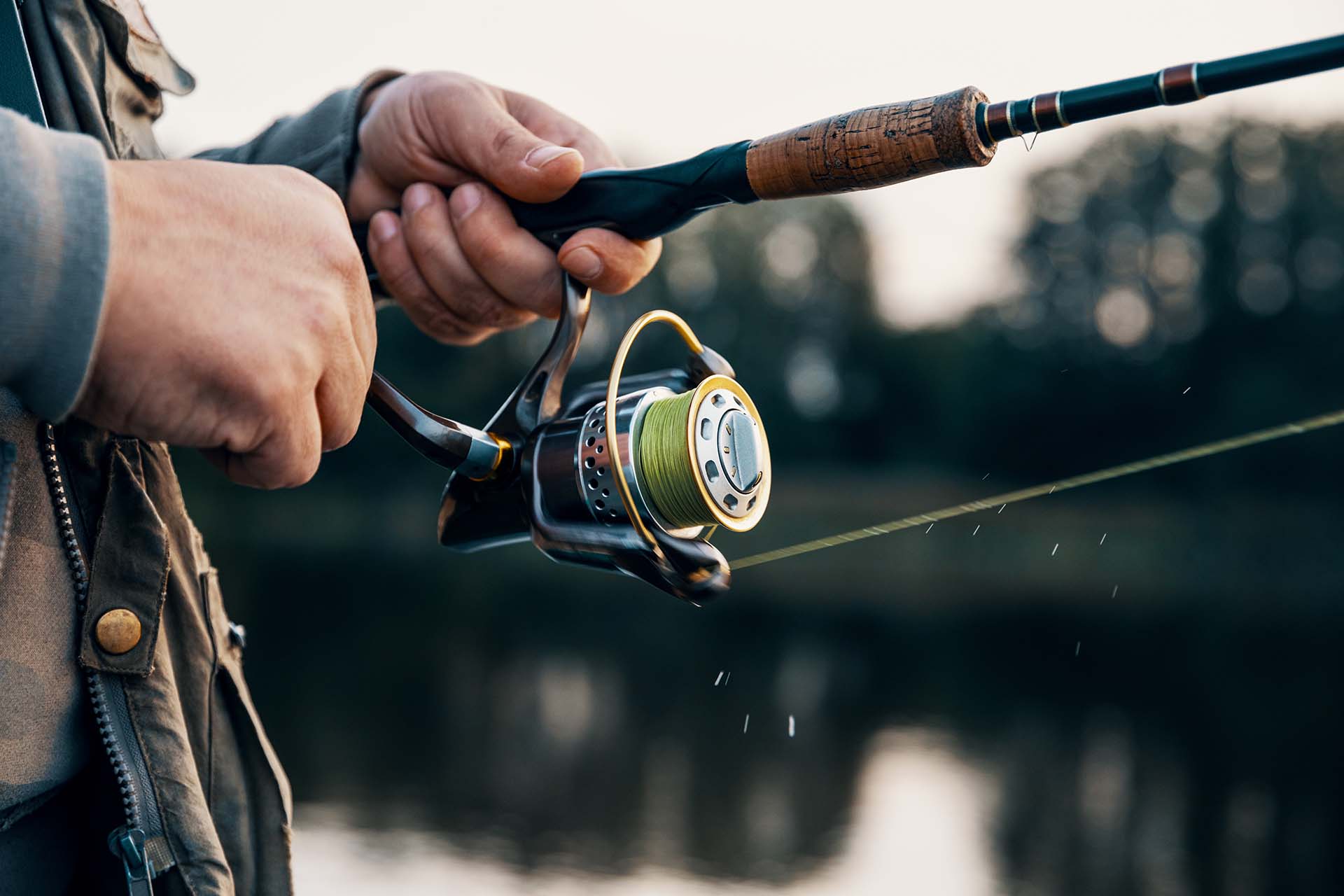
What Are the Benefits of Using a Spinning Rod?
Whether you’re aiming for that largemouth bass or the elusive trout, this type of fishing rod often emerges as the go-to choice for anglers of all expertise levels. And it’s not without reason. This capable angling equipment has carved its niche in this sport, boasting many advantages.
Here are a few reasons why it holds such an esteemed spot in the angler’s toolkit:
Easier for Beginners to Use
The beauty of spinning rods is in their simplicity. For those new to fishing, it offers an intuitive design. There’s no complicated mechanism to understand – flip the bail, hold the line, cast, and release. Its straightforward operation ensures that newcomers can focus on the joy of fishing rather than getting bogged down by intricate rod mechanics.
Versatile – Suitable for Lightweight Lures and Baits
Another standout feature is its versatility. It excels in casting lightweight lures and baits, making it an ideal choice for those tricky situations where a delicate touch is needed. Whether tossing a tiny spinner or a featherweight soft plastic, it will ensure that your bait sails smoothly to that perfect spot.
Less Likely to Experience Line Tangles and Backlash
This rod’s design, especially with its open-faced reel, naturally reduces the likelihood of frustrating tangles and the dreaded backlash. Unlike baitcasting reels, which can be a bit temperamental, especially in inexperienced hands, these pieces offer a more forgiving experience. Ensuring you spend more time fishing and less time detangling.
What Are the Drawbacks of a Spinning Rod?
While there’s much adoration for this type of fishing rod and its user-friendly attributes, it’s essential to note that no equipment piece is without its imperfections. For all their merits, these pieces have a few areas where they might not be the top pick. Firstly, they’re not your best bet for casting heftier lures due to their design and flexibility.
Baitcasters typically fare better in these scenarios, offering greater control and power for those weighty casts. Moreover, experienced anglers might prefer baitcasting poles in situations that demand pinpoint accuracy, as they typically offer superior mechanics and design nuances.
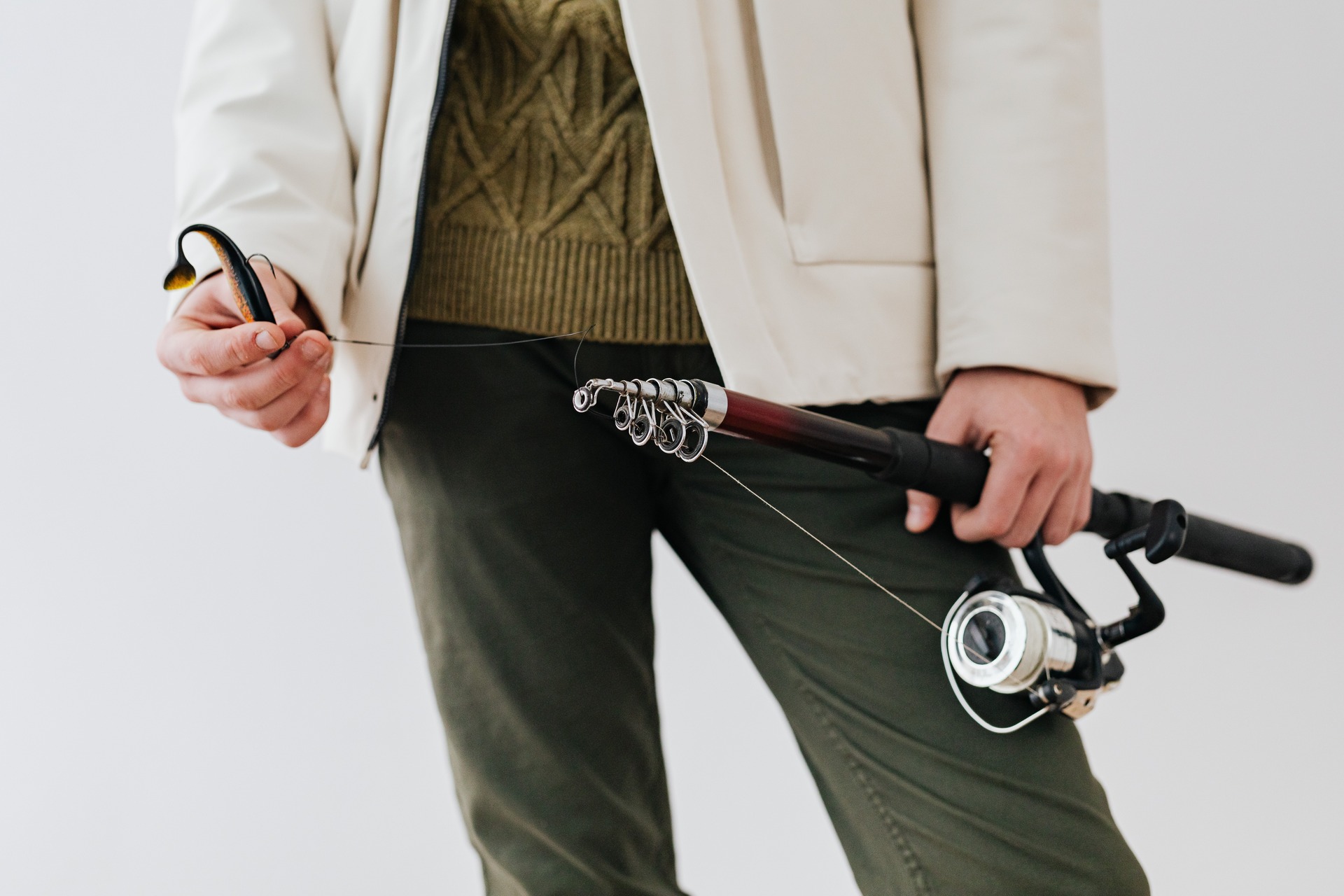
What Are the Basic Features of a Casting Rod?
Enter our second contender in the casting rod vs. spinning rod battle. Equipped with a closed-faced or baitcasting reel, this design gives it a sophisticated edge. And differentiates it from the crowd.
Its character is further emphasized by the positioning of its reel and guides, which are prominently situated on top. Adding to this sturdy design is the rod’s robust build. Purposefully designed for precision, it’s often less flexible than its contender. Making it ideal for accurate lure placement and managing slightly heavier tackle with ease.
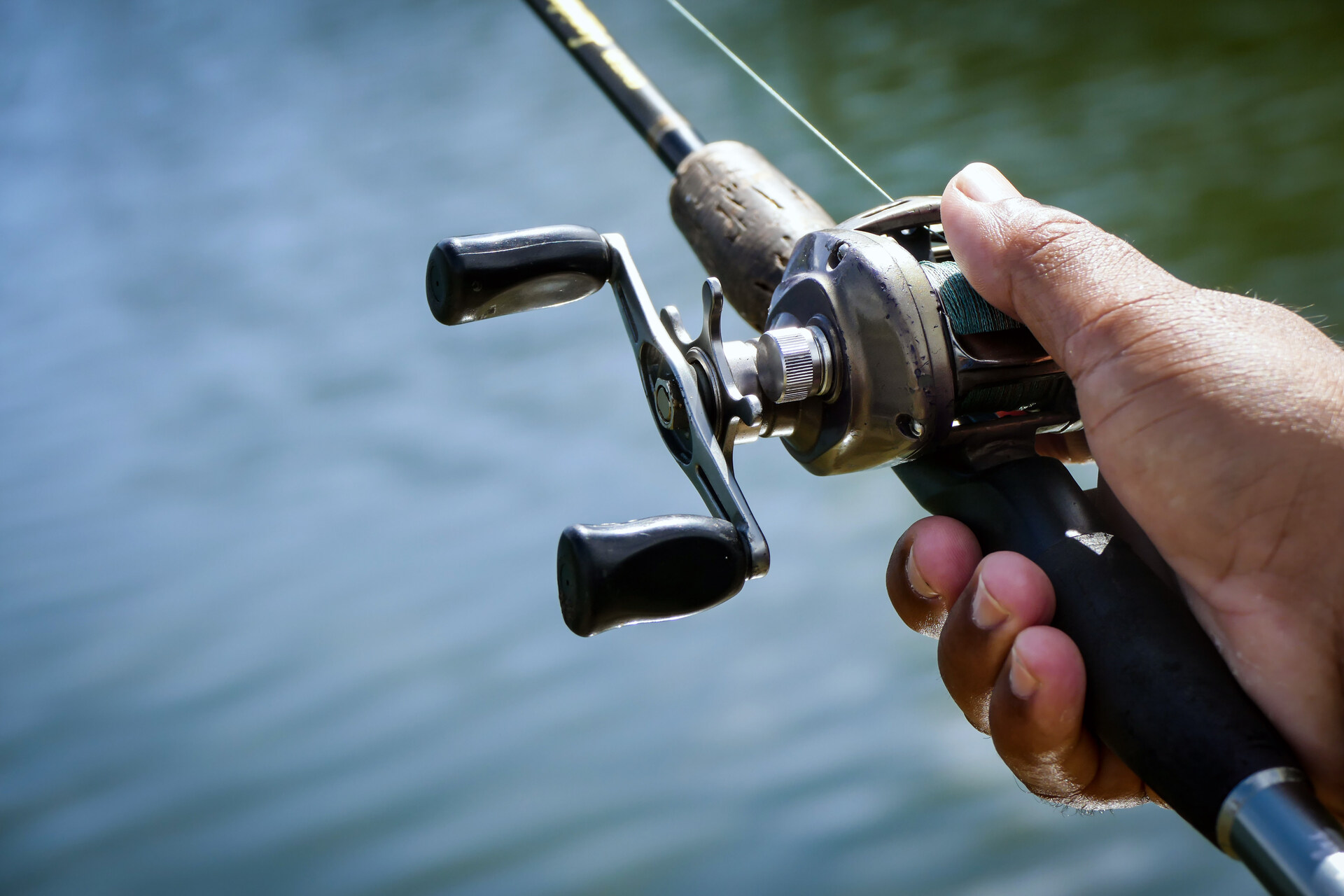
What Are the Advantages of Using a Casting Rod?
When it comes to versatility and precision in fishing, baitcasting poles are a top pick for many seasoned anglers. Each element of their design contributes in ways that can truly elevate your every session.
Let’s dive into some of the most significant advantages that these fishing rods offer:
Offers Greater Accuracy and Distance for Experienced Users
Baitcasting rods are the go-to for professionals and seasoned anglers aiming for precise lure placements. With practice, an angler can achieve impressive distances without sacrificing accuracy. It’s this combination of reach and precision that often gives these pieces an edge. Especially in situations where the exact location of the cast can make all the difference.
Suitable for Heavy Lures and Strong Fighting Fish
When managing the heftier side of tackle, these fishing rods stand out. Their robust build can handle the weight, offering a balanced experience. Moreover, when you’ve got a fierce fighter at the end of your line, they can offer the necessary sturdiness to deal with the challenge. Ensuring that both angler and target fish species are treated fairly.
More Control Over the Fishing Line
Arguably, one of the biggest selling points is the control these pieces offer over the line. With a baitcasting reel, anglers can manually control the line’s speed and spool, allowing for a more nuanced approach. This degree of control can be particularly useful when the angler needs to counteract wind or currents to achieve the desired cast trajectory.
What Are the Drawbacks of a Casting Rod?
While baitcasting poles offer remarkable benefits, they do come with their own set of challenges. For newcomers, there’s a steeper learning curve associated with mastering their use. Backlash, known as the dreaded “bird’s nest,” can become a frequent nemesis. Especially when one’s not quite familiar with handling this piece of equipment.
Additionally, these fishing rods might seem like overkill when targeting smaller panfish or using lightweight lures. In such scenarios, the rod’s capabilities could feel excessive, potentially compromising the overall experience.
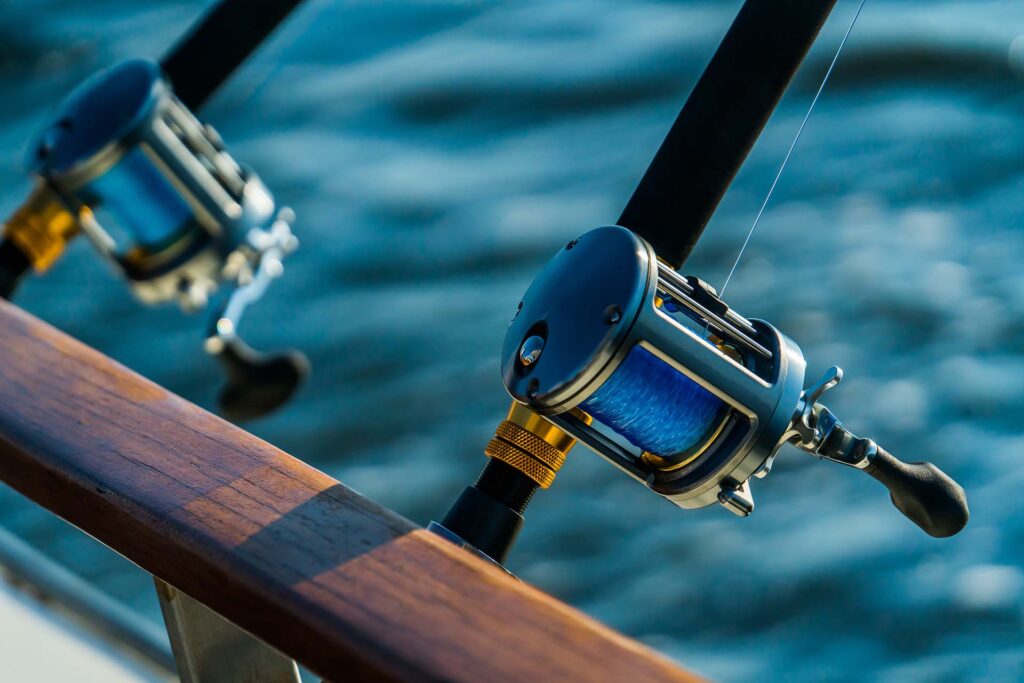
Spinning Rod vs. Casting Rod – Factors to Consider When Making Your Choice
With the basics now under your belt, the real conundrum begins. Which one of these pieces aligns perfectly with your fishing style and preferences? Like any choice worth making, it’s not just about technical details.
You must also factor in your experience, target fish species, and the type of lures and baits you’re most likely to employ. So, let’s dive deeper to help you figure out which rod will be your trusted sidekick on those memorable angling adventures.
Your Experience Level
If you’re a newcomer to the angling world, spinning poles are often the way to go. They are simpler to handle and more forgiving of rookie mistakes. Ensuring you won’t leave your first-ever session frustrated with those tangled lines.
However, if you have mastered the basics, a baitcasting rod can provide the precision you crave. Experienced anglers often gravitate towards them to elevate their game and get those impeccable casts.
Target Fish Species
The fish species you’re pursuing can greatly influence your final choice. Different species, with their unique behaviors, habitats, and strengths, necessitate specific fishing strategies and equipment. Here’s a quick breakdown:
| Spinning Rod | Baitcasting Rod |
|---|---|
| Bass | Muskie |
| Panfish | Pike |
| Small Catfish | Large Catfish |
| Trout | Salmon |
Types of Lures and Baits You Plan to Use
The lures and baits you favor also play a significant role in determining which piece is the ideal choice for you. These poles showcase their prowess under specific conditions and with specific lures. So, it’s all about aligning your equipment choices to your fishing style.
For example, spinning rods truly shine when handling lightweight, finesse baits, whereas a baitcasting rod becomes the choice tool for heavier, more aggressive lures. Here’s a brief overview:
| Spinning Rod | Baitcasting Rod |
|---|---|
| Soft plastic worms | Spinnerbaits |
| Jigs | Deep diving crankbaits |
| Live bait | Topwater lures |
| Small crankbaits | Heavy jigs |
Your Budget is an Important Factor
At the end of the day, your wallet might have its own preferences, too. Both types come in a range of prices, depending on their build and material. Generally, basic spinning rods tend to be more budget-friendly, making them a favorite among beginners.
On the other hand, baitcasting rods, especially those designed for specific game fish or techniques, can carry a hefty price tag. But whether you’re looking to splurge or save, there’s a piece out there that’s bound to meet your budget and performance expectations.
Common Misconceptions About Spinning and Casting Rods
Every angler, at some point or another, has encountered those age-old tales and myths that just don’t seem to go away. When it comes to angling gear, there are plenty of those misconceptions. So, let’s debunk some of those fishy myths:
- Spinning rods are only for beginners – they are beginner-friendly. However, many professional anglers prefer using them for certain techniques and conditions,
- Baitcasting rods can’t handle lightweight lures – anything is possible in the hands of an experienced angler. Including these pieces being used effectively with lighter lures,
- Backlash is unavoidable with baitcasting rods – with practice and proper technique, backlash can be minimized or even avoided altogether,
- Spinning rods can’t handle big fish – a high-quality piece paired with the right type of reel can absolutely tackle larger fish species,
- Baitcasting rods aren’t suitable for finesse techniques – while they excel with heavier lures. It’s possible to adapt these pieces for finesse techniques in the right conditions.
With a better understanding of these misconceptions, you’re all set to make an informed choice between these pieces of equipment.
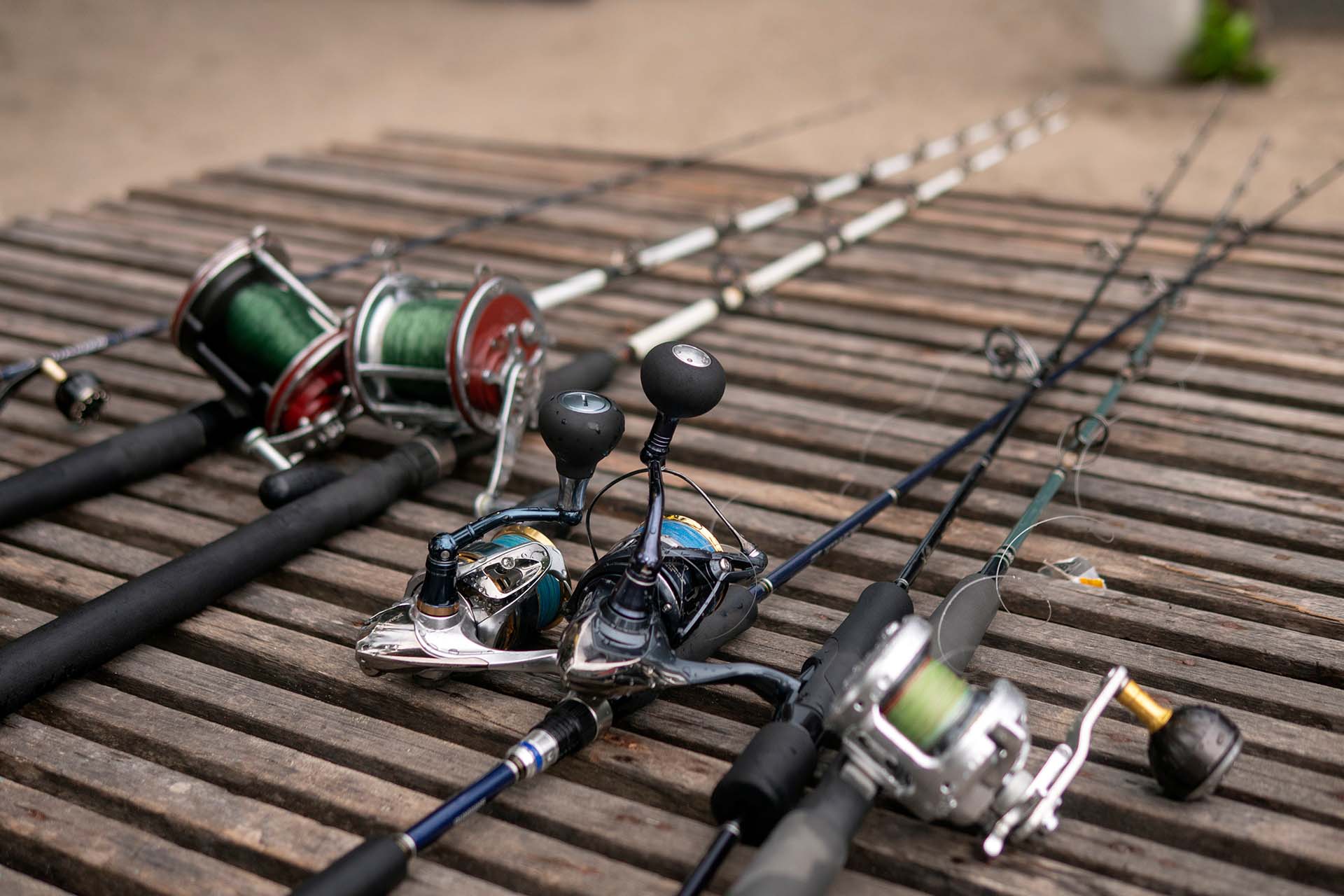
The Choice Will Depend on Your Preferences
Diving into the world of fishing, you’ll find many debates. But the casting vs. spinning rod rivalry is among the most vibrant. Remember, there’s no one-size-fits-all answer.
Your choice will boil down to your experience, target species, preferred lures, and personal style. So, give both a try, have fun with the journey, and let your fishing adventures guide your ultimate decision.







